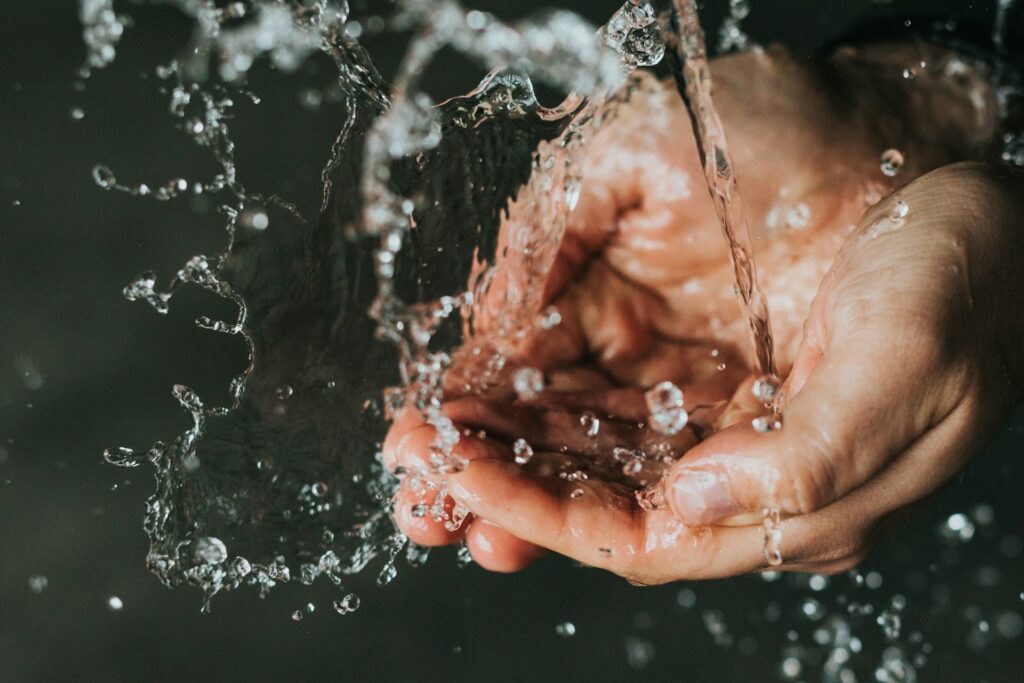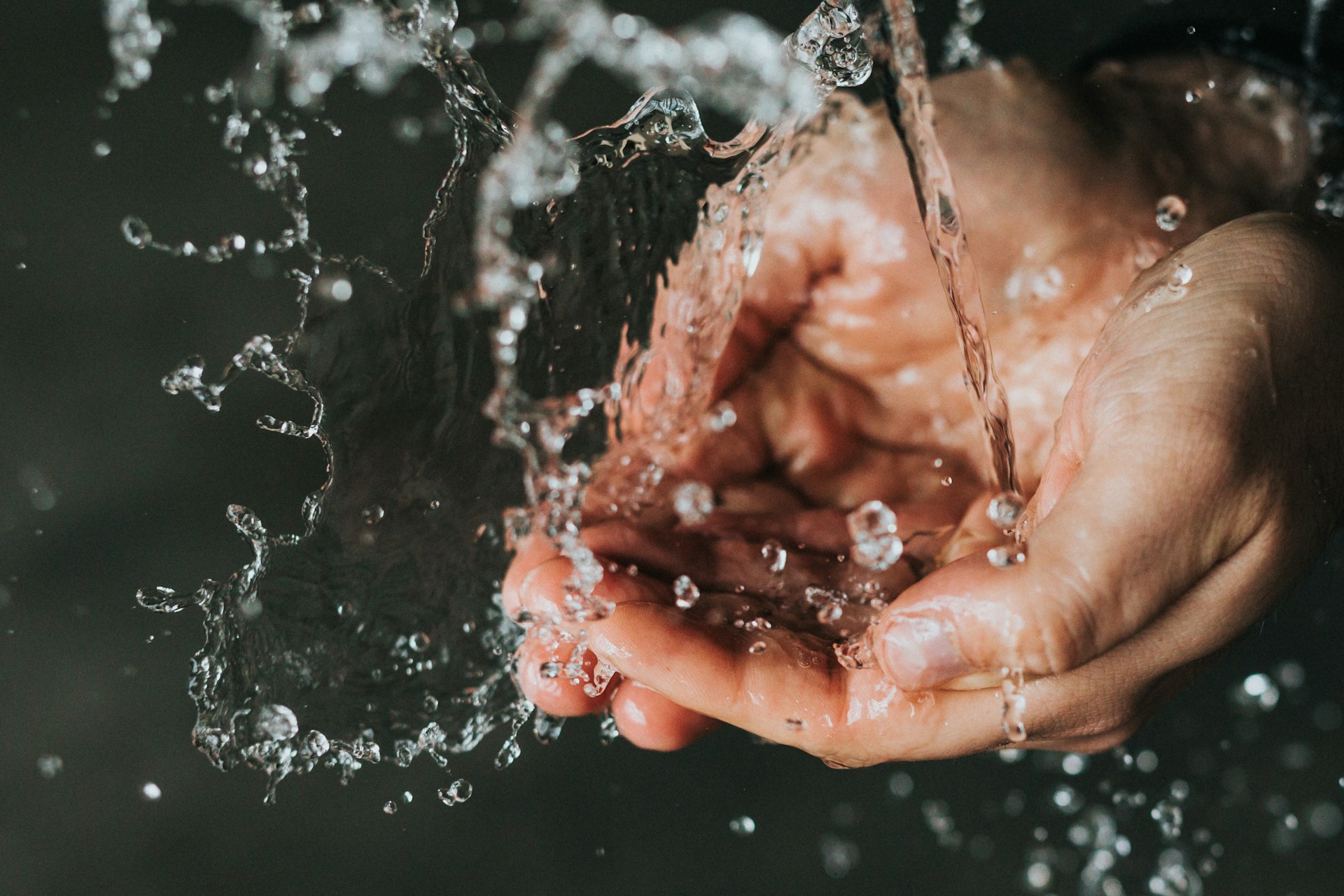

Low water pressure in your bedroom bathroom can be a frustrating experience that impacts your daily routine. Whether you’re trying to take a quick shower or simply wash your hands, reduced water flow can turn these simple tasks into time-consuming chores. If you need expert help, finding a Plumber in Adelaide could be your best solution.
Fortunately, understanding the common causes can help you address the issue more effectively. Here are four typical reasons why you might be experiencing low water pressure in your bedroom bathroom.
1. Clogged Pipes
One of the most common culprits behind low water pressure is clogged pipes. Over time, mineral deposits, rust, and debris can build up inside your plumbing, reducing the space available for water to flow through. This buildup is especially prevalent in older homes with aging pipes made from galvanized steel or iron.
To address this issue, consider using a pipe-descaling solution to clean out the buildup. In more severe cases, you might need to call a professional plumber to replace the affected pipes. Regular maintenance can help prevent this problem from recurring.
2. Faulty Fixtures
Sometimes, the problem isn’t with your pipes but rather with the fixtures themselves. Showerheads, faucets, and other fixtures can become clogged or corroded over time, limiting water flow. Even a partially closed valve can result in noticeable drops in water pressure.
For example, you might be wondering why pressure keeps falling when you flush your toilet. The likely culprit is a faulty fill valve or flush valve in the toilet tank. Replacing these parts can often resolve low water pressure issues.
Inspect your fixtures for any visible signs of corrosion or clogging. Cleaning or replacing these fixtures can often resolve the issue. If you’re unsure how to do this, there are plenty of online tutorials, or you can consult a professional for assistance.
3. Leaks in the Plumbing System
Leaks are another common cause of low water pressure. Even small plumbing leaks can significantly reduce water pressure by diverting water away from its intended path. Leaks can occur anywhere in your plumbing system, from the main supply line to the pipes within your walls.

To detect leaks, look for damp spots, unusual mold growth, or even a sudden increase in your water bill. Once identified, it’s crucial to address leaks promptly to prevent further damage and restore water pressure. Depending on the leak’s location and severity, you may need to hire a plumber to fix it properly.
4. Municipal Water Supply Issues
Sometimes, the issue lies entirely outside your home. Municipal water supply problems, such as maintenance work or high-demand periods, can cause temporary drops in water pressure. These issues are usually beyond your control but are typically resolved by the water utility company.

If you suspect that the low water pressure is due to municipal supply issues, contact your local water supplier for information. They can provide updates on any ongoing maintenance or issues that might be affecting your water pressure. In the meantime, try to use water during off-peak hours when demand is lower.
Your Bedroom Bathroom Water Pressure Should Be a Priority
Low water pressure in your bedroom bathroom is more than just a minor inconvenience. It can affect the efficiency of everyday tasks and cause frustration. By understanding and addressing the common causes, you can ensure that your bedroom bathroom’s water pressure remains at optimal levels.
So, if you experience low water pressure in your bedroom bathroom, don’t ignore it. Take action to resolve the issue and enjoy a better daily routine without any unnecessary stress.
Did you find this article helpful? If so, check out the rest of our site for more.



